Idaho_Elk_Huntr
Beginner
- Feb 5, 2009
- 131
- 0
Can the RCBS Precision Mic be used to determine bullet seating depth? I get so many different readings with my OAL length gauge I dont trust it.
Follow along with the video below to see how to install our site as a web app on your home screen.

Note: this_feature_currently_requires_accessing_site_using_safari
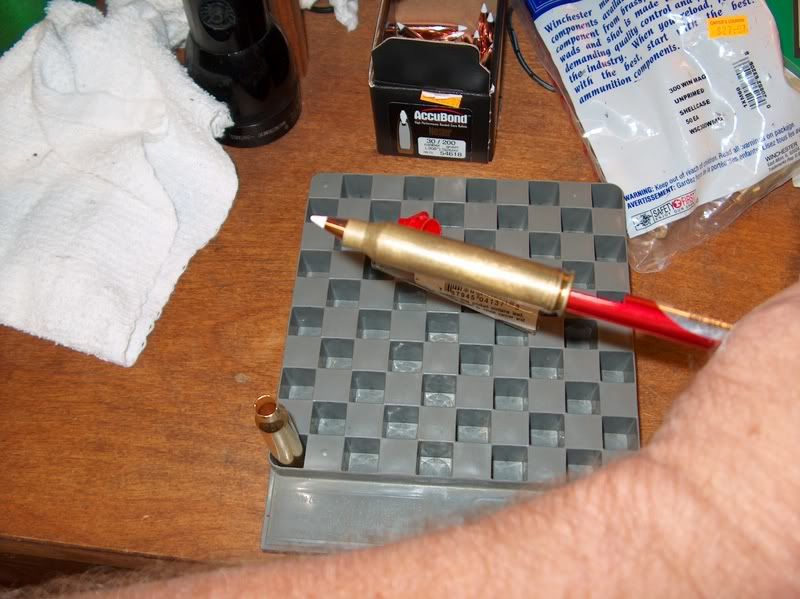
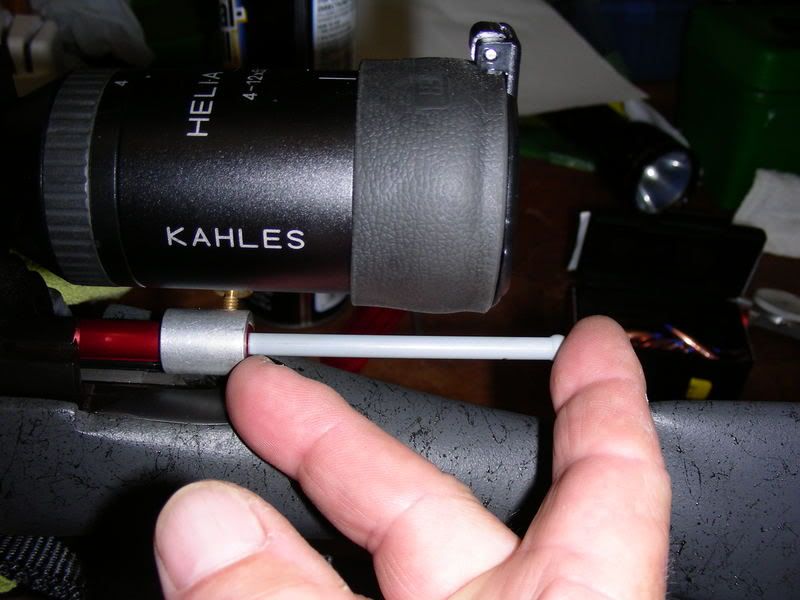
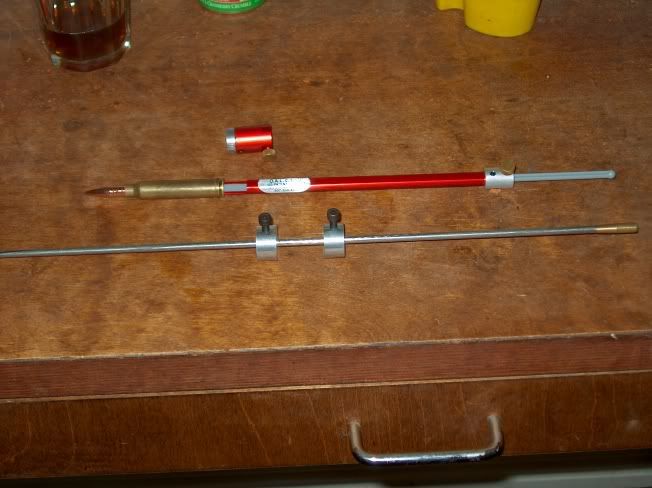


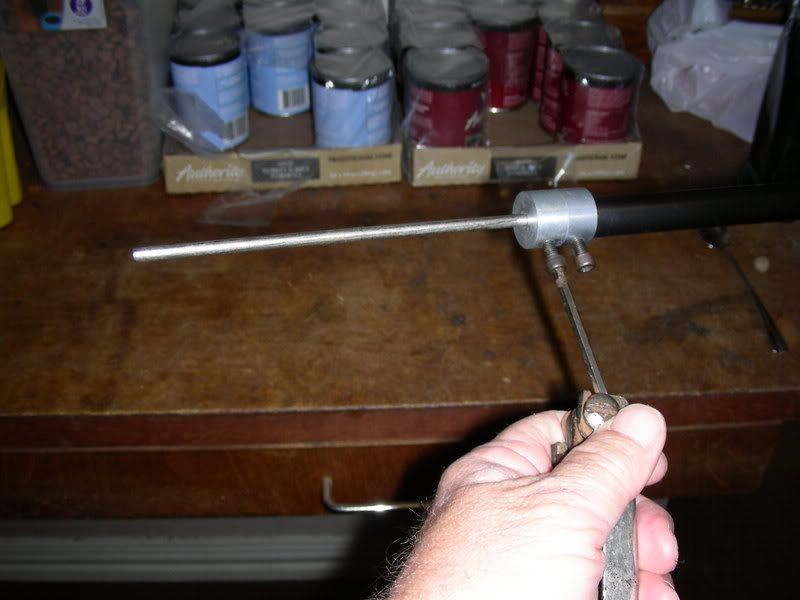
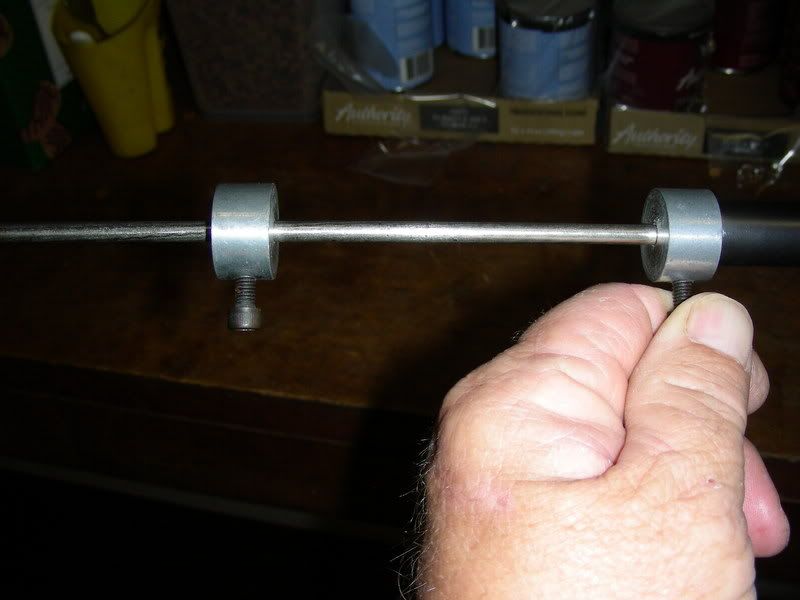
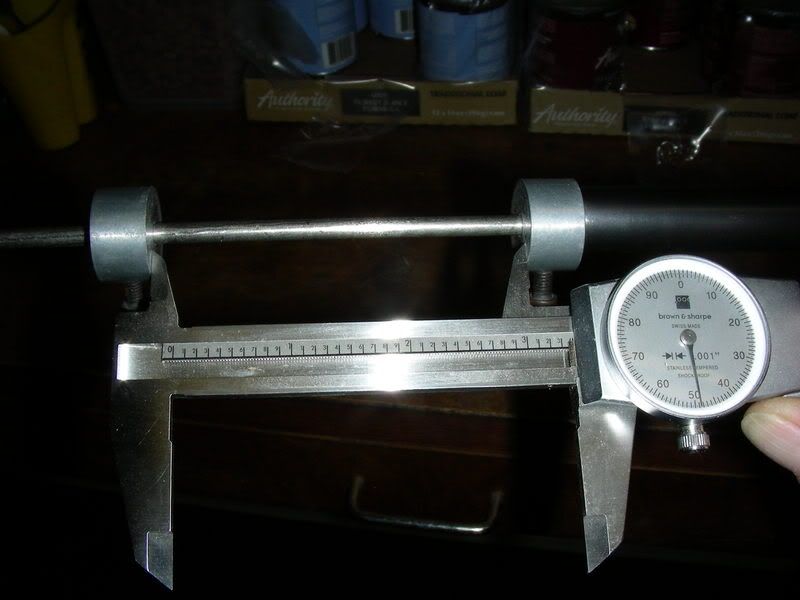
rick smith":3hcdp1se said:Woods, you are depending on the bullet tip to measure the same, there is more variance in tip length than ogive length. Are the collets from Sinclair? Look like the same ones that they sell.
Rick.
That is your OAL with that particular bullet. Then I set my seater according to the measurement on that bullet and use a comparator to settle the seater to that length on subsequent bullet seatings.
